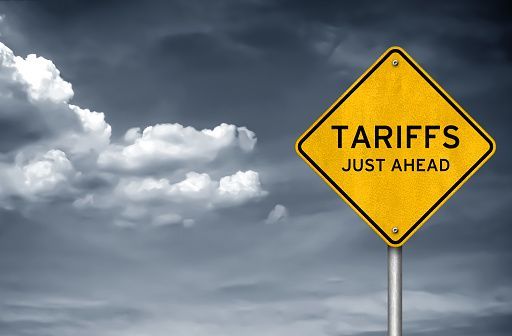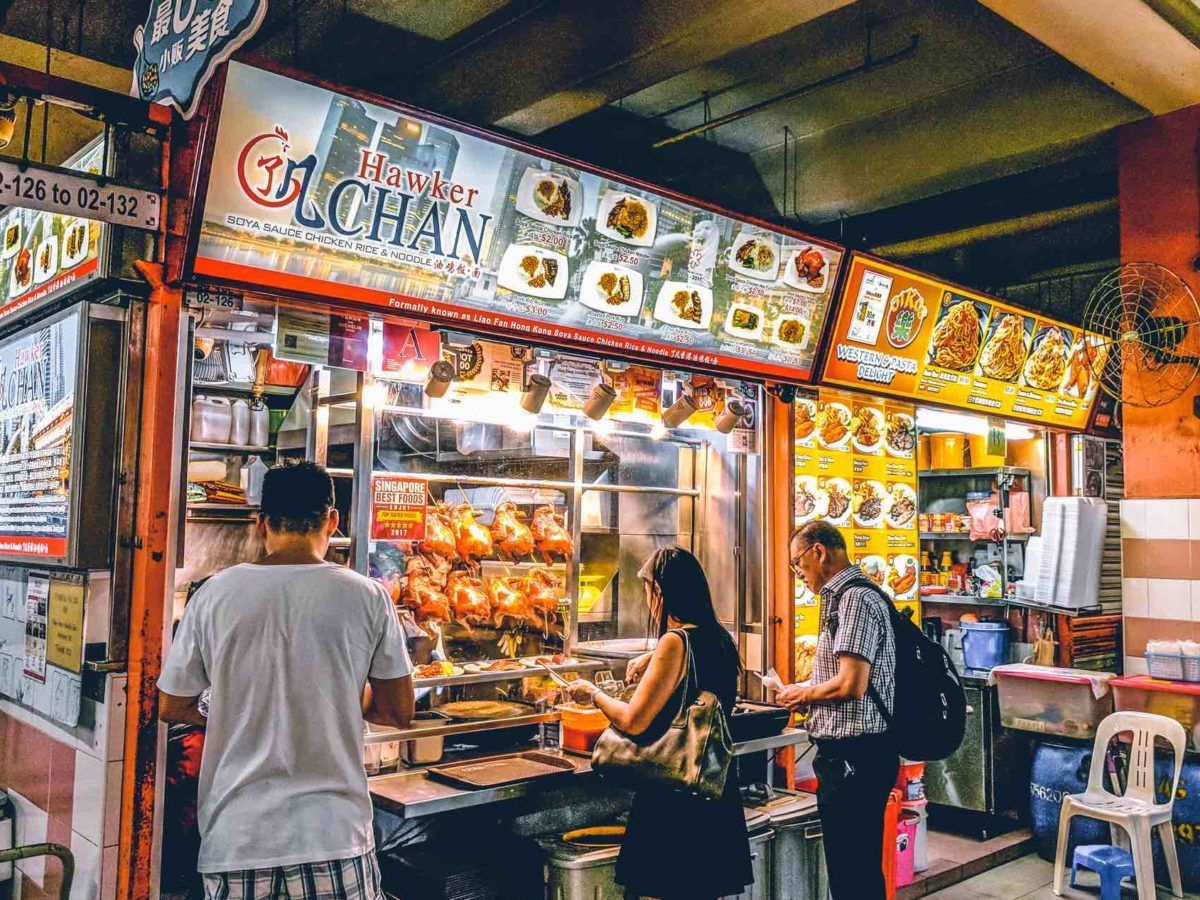
8 Benefits Of Having Membership Tiers For Your Cafe
Implementing a membership tier system at your F&B cafe can bring numerous advantages that enhance customer loyalty and boost overall business performance. Here are eight key benefits:
1. Enhanced Customer Loyalty
Membership tiers encourage repeat visits as customers strive to attain higher levels and the associated perks. Each tier can offer increasing benefits, such as discounts, exclusive offers, or early access to new products. This structured reward system makes customers feel valued and appreciated, fostering long-term loyalty. By consistently rewarding customers for their patronage, you create an emotional connection that encourages them to choose your cafe over competitors.
2. Personalized Customer Experience
A CRM-integrated membership system tracks customer preferences, purchase history, and behaviors. This wealth of data allows cafes to offer highly personalized recommendations and tailored promotions. For instance, if a customer frequently orders a specific type of coffee, they can receive special offers on that beverage or notifications about new variations. Personalization makes customers feel understood and valued, enhancing their overall dining experience.
3. Increased Average Spend
Higher-tier members often receive exclusive benefits like bigger discounts, complimentary items, or priority service. These incentives motivate customers to spend more to reach or maintain their tier status. For example, a customer might opt for a premium meal option or add extra items to their order to accumulate points faster, thus increasing the average transaction value. This strategy not only boosts immediate sales but also encourages customers to make repeat visits to enjoy their perks.
4. Effective Customer Segmentation
Membership tiers provide a framework for segmenting your customer base based on spending habits and engagement levels. By analyzing the behavior and preferences of different tiers, you can tailor marketing strategies to each group. For example, high-tier members might receive exclusive invites to special events, while lower-tier members might be targeted with promotions designed to increase their engagement. This targeted approach leads to higher engagement and conversion rates as customers receive offers that resonate with their specific interests and behaviors.
5. Boosted Brand Loyalty
A tiered membership system sets your cafe apart by offering a structured and rewarding loyalty program. Customers are more likely to remain loyal to a brand that acknowledges and rewards their patronage. Over time, this loyalty translates into word-of-mouth referrals, as satisfied customers share their positive experiences with friends and family. Additionally, a well-designed loyalty program can create a community of engaged customers who feel a strong connection to your brand.
6. Improved Customer Retention
Membership tiers create a sense of progression and achievement, motivating customers to continue patronizing your cafe to unlock higher-level benefits. This gamification element encourages ongoing engagement, as customers are driven to reach the next tier. Continuous engagement helps retain customers over the long term, reducing churn rates. Loyal customers are not only more likely to return but also tend to spend more and advocate for your brand.
7. Valuable Customer Insights
A CRM membership system provides detailed insights into customer behavior, preferences, and spending patterns. This data is invaluable for optimizing your menu, tailoring promotions, and enhancing overall business strategies. For example, if data shows a particular dish is popular among high-tier members, you can promote it more heavily or create similar offerings. These insights help in making informed decisions that align with customer preferences and market trends, driving business growth.
8. Increased Customer Engagement
Membership tiers encourage ongoing interaction between your cafe and customers through regular updates, special offers, and tier-specific events. Keeping customers informed about their membership status, available rewards, and upcoming promotions helps maintain high levels of engagement. Engaged customers are more likely to visit frequently, participate in promotions, and provide valuable feedback. This ongoing interaction helps keep your brand top-of-mind, fostering a loyal customer base.
Conclusion
Introducing a membership tier system in your F&B cafe in Singapore can significantly enhance customer loyalty, personalize the dining experience, and boost revenue. By leveraging CRM tools and membership data, you can create a dynamic and engaging loyalty program that differentiates your cafe from the competition and drives long-term business success. These benefits not only improve customer satisfaction but also contribute to sustainable growth and profitability.
Interested in a CRM Based POS System, QR ordering or a standalone CRM membership system?
Send an Enquiry!
We will get back to you as soon as possible
Please try again later
You might also like


Location
160 Robinson Road SBF Center #26-02
Singapore 068914
Call
(+65) 6224 5788
WhatsApp Us
Click here to WhatsApp us

Navigation
Operating Hours
- Mon - Fri
- -
- Sat - Sun
- Closed
All Rights Reserved | Megasafe Technology Pte Ltd
